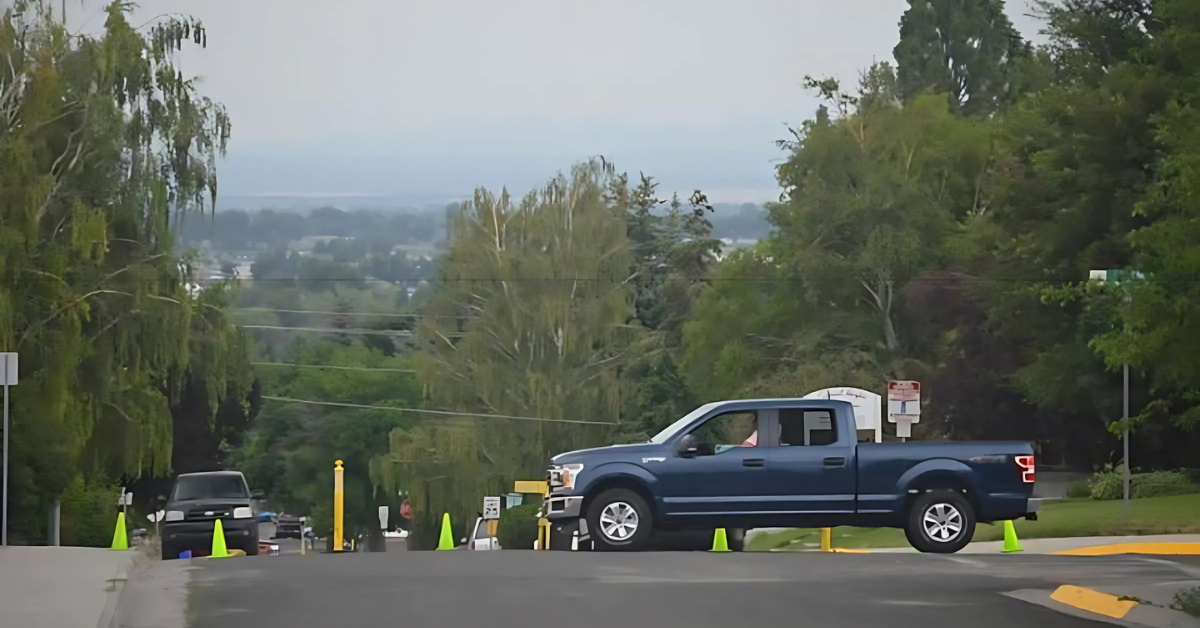Milwaukee, WI – Milwaukee is confronting a growing crisis as a highly potent synthetic opioid known as nitazenes makes an alarming appearance on its streets. These drugs, some up to 50 times more powerful than morphine and over 40 times stronger than fentanyl, are contributing to increasing risks of fatal overdose among opioid users.
As overdose deaths continue to surge, Milwaukee faces unique challenges posed by nitazene analogues mixed with common street drugs, often unbeknownst to users. The emergence of this ultra-potent opioid class marks a critical point in the ongoing battle against the opioid epidemic locally and nationwide.
The Rise of Nitazenes: What Are They?
Nitazenes are a class of synthetic opioids originally developed in the 1950s for pain management. Unlike fentanyl, which is already known for its extreme potency, nitazene analogues such as isotonitazene can be 10 to over 40 times more potent than fentanyl. These compounds induce profound respiratory depression, a major cause of fatal overdoses.
- Nitazenes first surfaced in illicit drug markets around late 2019.
- They have since been detected with increasing frequency in overdose toxicology reports across the U.S.
- Notably, some nitazene variants can be up to 50× more respiratory depressant than morphine.
Milwaukee’s Ongoing Battle: Impact and Challenges
In Milwaukee County, nitazenes have already been linked to a significant number of fatalities. Between January and July 2020, over 40 overdose deaths tied to isotonitazene were documented in the Milwaukee and greater Chicago area.
Fentanyl and its analogues remain the primary drivers of opioid deaths in Milwaukee, but the involuntary mixing of nitazenes with these substances magnifies their lethality.
- Users often unknowingly ingest nitazenes mixed into heroin, counterfeit pills, or powdered opioids.
- Emergency responders face difficulties diagnosing and treating overdoses due to the prolonged and intense effects of nitazenes.
- Testing for nitazenes in overdose cases is inconsistent, likely leading to underreporting of their true impact.
Pharmacology and Treatment Complexities
Nitazenes act as ultra-potent μ-opioid receptor (MOR) superagonists. This pharmacological action results in:
- Exceptionally strong and sustained respiratory depression.
- Diminished responsiveness to standard naloxone doses traditionally used to reverse opioid overdoses.
Naloxone remains effective in reversing nitazene overdoses; however, multiple doses and prolonged medical monitoring are often necessary.
“Due to the ultra-potent nature of nitazenes, emergency responders must be prepared for more intense and prolonged overdose treatments,” said experts cited in recent studies.
Moreover, the introduction of nitazene test strips in 2024 offers a promising harm reduction tool, though these strips have limited sensitivity and availability, detecting primarily major analogues like isotonitazene.
Essential Harm Reduction Strategies for Milwaukee
Given the heightened risks nitazenes pose, local public health and harm reduction organizations recommend the following measures:
- Utilize fentanyl and nitazene test strips when testing street drugs to identify contamination risks.
- Always have naloxone (Narcan®) accessible and be aware that multiple doses may be required to reverse an overdose.
- Never use drugs alone; having someone nearby who can provide immediate assistance is critical.
- Seek rapid medical attention after naloxone administration since respiratory depression may persist.
Looking Ahead: The Importance of Awareness and Vigilance
The emergence of nitazenes in Milwaukee’s drug supply highlights an urgent public health threat. Local data, alongside national surveillance, confirm a growing presence of this ultra-potent synthetic opioid class, often concealed within fentanyl or counterfeit pills.
Experts emphasize that improved testing protocols, widespread availability of detection tools, and education on nitazene risks are vital steps to preventing more tragedies.
Key Takeaways
- Nitazenes can be tens of times stronger than fentanyl, significantly increasing overdose mortality risk.
- Milwaukee documented over 40 fatal overdoses linked to isotonitazene in the first half of 2020.
- Naloxone remains a critical tool, though multiple doses often required to counteract nitazene overdoses.
- Test strips for nitazenes are available but limited, underscoring the need for improved detection methods.
- Harm reduction and awareness campaigns are essential to protect users and save lives.







